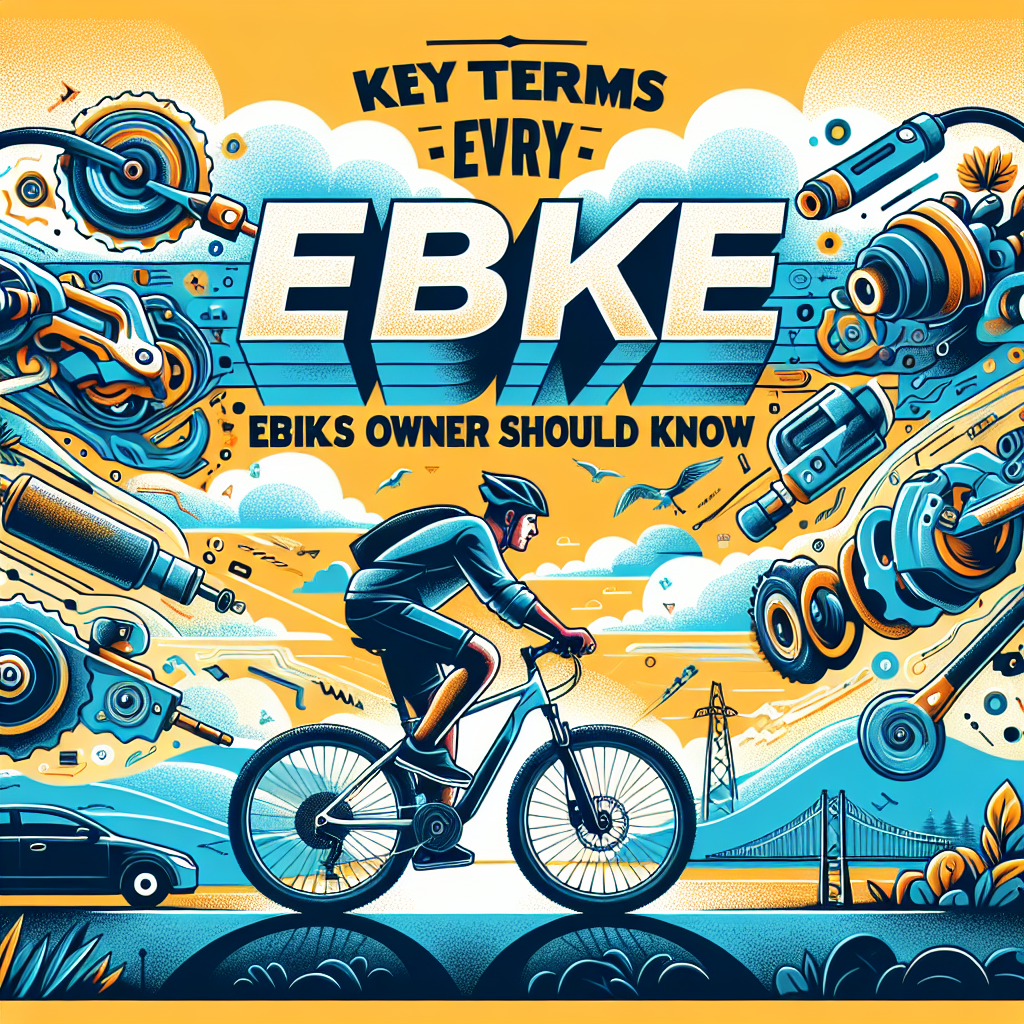If you’re new to the world of eBikes, you’ll notice a lot of new words being thrown around — watts, torque, cadence sensors… it can get confusing fast!
But don’t worry — once you understand the basics, it all starts to make sense.
Here’s a simple guide to the key terms every eBike owner should know:
1. Motor
The motor is the heart of your eBike. It gives you that electric boost while you pedal (or even without pedaling if your bike has a throttle).
Types of Motors:
- Hub Motor: Located in the wheel; great for simplicity.
- Mid-Drive Motor: Located in the crank area; better for balance, hills, and power.
2. Watts (W)
Watts measure the power of your eBike’s motor.
- More watts = more power.
- Typical range: 250W (light city rides) to 750W+ (off-road beasts).
3. Torque (Nm)
Torque measures the motor’s pulling force — basically, how easily your bike can handle hills or heavy loads.
- Higher torque = better hill climbing.
- Measured in Newton meters (Nm).
4. Battery Capacity (Wh)
Battery size is measured in watt-hours (Wh), telling you how far you can ride before needing a recharge.
- More Wh = longer range.
- Example: 500Wh battery might give you 30–50 miles depending on terrain and assist level.
5. Pedal Assist (PAS)
Pedal Assist is a feature where the motor helps you when you pedal.
Different bikes have different levels of assist — from a light boost to full-on cruise mode.
- More assist = easier pedaling, less workout.
6. Throttle
Some eBikes come with a throttle — like a motorcycle — that lets you move the bike without pedaling.
- Thumb throttle or twist throttle types are common.
7. Cadence Sensor
This sensor detects if you are pedaling and then provides motor assistance.
- It doesn’t care how hard you’re pedaling — just that you’re moving your legs.
8. Torque Sensor
This more advanced sensor measures how hard you’re pedaling and adjusts the motor assistance based on your effort.
- Feels smoother and more natural compared to a cadence sensor.
9. Range
Range is how far you can ride on a single battery charge. It depends on:
- Battery size
- How much assist you use
- Your weight
- Terrain (flat vs hilly)
- Wind and weather
10. Regenerative Braking
Some eBikes claim to have regenerative braking, meaning the battery recharges slightly when you brake.
(Just a heads-up: the energy gained is usually very small!)
11. Class 1, 2, and 3
eBikes are usually divided into classes:
- Class 1: Pedal assist only, up to 20 mph.
- Class 2: Pedal assist + throttle, up to 20 mph.
- Class 3: Pedal assist only, up to 28 mph.
Important: Always check local laws on where you can ride each class!
12. Controller
The controller is the “brain” of the eBike. It manages the power coming from the battery to the motor based on your input.
13. Display
The screen on your handlebars that shows:
- Speed
- Battery level
- Pedal assist level
- Distance traveled (and sometimes a lot more!)
Final Thoughts
Once you get a handle on these terms, reading eBike specs, talking to bike shops, and taking care of your eBike becomes so much easier.
It’s a small step that will make you feel like a total pro whenever you’re shopping, riding, or even fixing your eBike. 🚲⚡
And remember: it’s not about knowing all the fancy words — it’s about finding the right bike that fits your life and makes every ride more fun!
